Gooey Slime
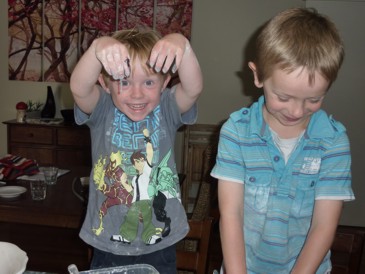
Get Totally Messy With Gooey SLIME!
Make simple cornflour slime
You Need:
- Cornflour
- Water
- Food Colouring
- Mixing Bowl and Spoon
What to do:
- Tip some cornflour into a mixing bowl.
- Pour in water, a little at a time, and stir until it becomes a thick paste.
It is easy to add too much water so your slime becomes thin, add more cornflour if this happens. - Stir in 6 to 10 drops of food colouring to make colourful slime.
- Let the slime ooze through your fingers. Is it a liquid? If you punch a heaped pile, hard and fast, it feels like a solid. Is it?
Why is it so?
It seems to pour, or run, like a liquid. But much more slowly than water. And when it is punched fast, it feels hard like a solid.
So what is it!? Because it doesn't seem to follow Isaac Newton's definitions of the three states of matter, we call slime non-Newtonian matter. Any type of matter that doesn't quite fit as a solid, liquid or gas, falls into this broad group.
Other examples of strange non-Newtonian matter are, jelly, blood, toothpaste, ink and glue.
You can classify slime even further into a group of substances called sheer-thickening fluids. These fluids get thicker when pressure is applied.
If you try pushing your finger slowly into the slime, it should go straight in very easily. But if you push very hard and fast it should bounce bit a little.
| WHAT ARE SOLIDS, LIQUIDS AND GASES?
All matter, everything in our world, can be classified into three common groups, or states of matter solids, liquids and gasses. |
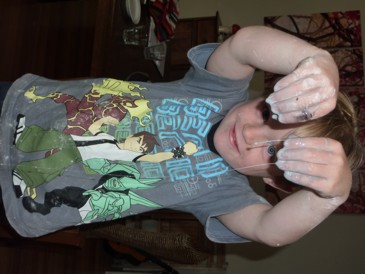

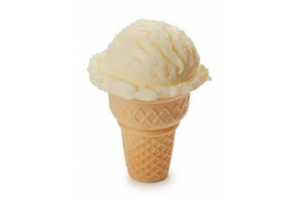
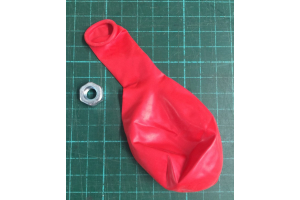
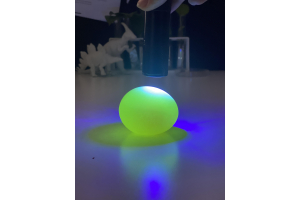


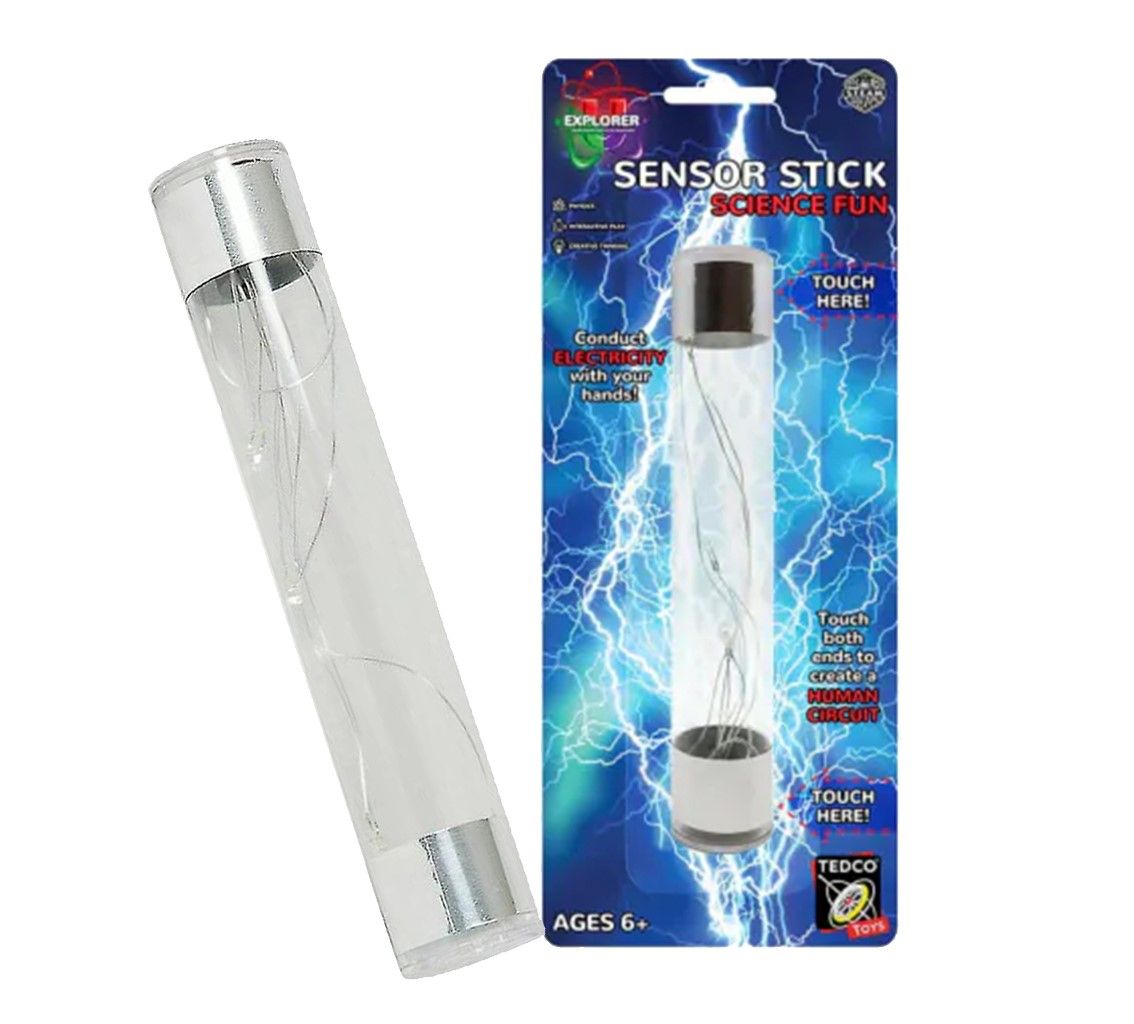


 magento3
magento3